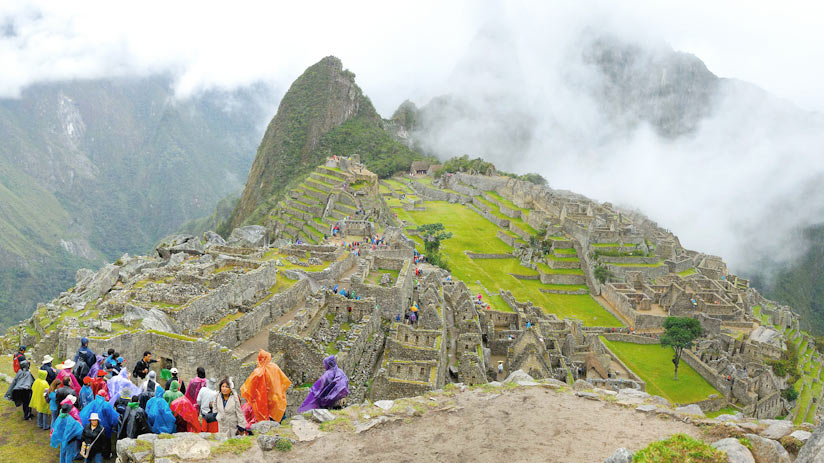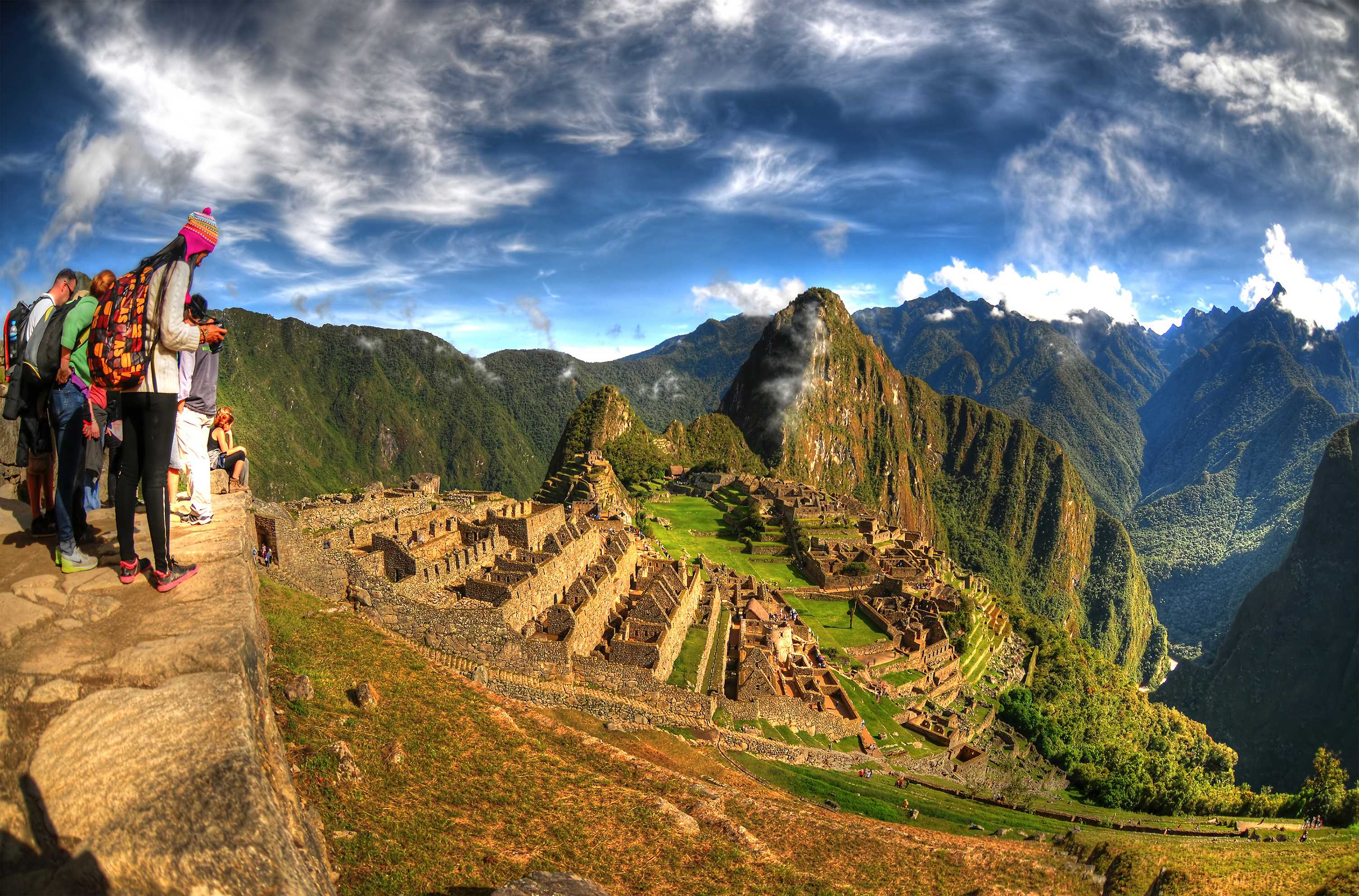

In fact, Bingham was scouring the area extensively and came across many archaeological sites, both erroneously and correctly identifying them from literature he’d studied about the Incas. Unlike what many people think, there was never a WOW moment for Bingham, nor was the significance of Machu Picchu immediately revealed. Whatever the case may be, this once incredibly thriving citadel was never actually discovered by the Spaniards and was left blissfully ‘lost’ for the subsequent few centuries.īy the time American explorer Hiram Bingham stumbled on to the site in 1911, and effectively introduced it to the western world a couple of years later, Machu Picchu was literally hidden amongst a canopy of jungle overgrowth. Theories about its demise abound, with the most probable causes being a decimation of the population due to one of the many contagious illnesses known to have been introduced to Peru by Spanish conquistadores. The 15th-century citadel, built around the time of the great Inca rulers Pachacutec Inca Yupanqui and Tupac Inca Yupanqui, was left all but abandoned to the elements merely a century later. A step back in time….Įven after all this time, there is much mystery which shrouds Machu Picchu. At this time of year, if you're planning on swimming along the coast, you'll need to bring a wetsuit because it will be very cold in the ocean.Sunrise over the Machu Picchu. Even during this warmer season, though, note that the chilly Antarctic Humboldt Current runs right along the entire Peruvian coast all year round.įrom April through December, a misty gray fog called “garua” moves in, and it can be difficult to see the sun. It's a great season for swimming in the cool waters of the Pacific. The best time to visit is between January and March when the water is warm and the skies are clear.

The Pacific coast of Peru, the longest in the world, is arid and cool. The rainy season, from October to April, is characterized by consistent daily rains and cooler nights, making it a less desirable time to visit this part of the country, but it is a rainforest, after all.Įxplore colorful Lima When to Visit the Pacific Coast & Lima

While humidity in the rainforest is high all year, the dry season (May to September) is the best time to visit the Amazon, and temperatures can get as high as 32º C (the high 80s/ low 90s F). Destruction of infrastructure is expected. From October to March, travelers can brave Mother Nature's fury but expect frequent rains that turn Cusco and Machu Picchu into ghost towns. April, May, September, and October are pleasant before the rains return. Pre-peak season months might also be great times to visit. The weather will be warm during this time, but not too hot, so it's a good time for adventuring! You'll love exploring all the different places in the Sacred Valley, from markets filled with fresh food from local farmers to beautiful mountains that are perfect for hiking or biking. There will be less crowding at that time in the Inca citadel as well, giving you an amazing view of the city and distant mountains without other people around! The people visiting Machu Picchu on this schedule are those that spent overnight in Aguas Calientes, as well as hikers from the Inca Trail, Salkantay, and Lares, as well as other trekking trips.Īlthough the busiest, the best time to visit the Sacred Valley is during their dry season, in June and July. The best time to hike up those trails is in the early morning when the fog has not yet settled in. During these months, chances of rain are few, and also there will be less rain on top of the mountains making it easier for visitors wanting to hike the trails leading up to either Machu Picchu Mountain or Huayna Picchu. But if you go during February, which is part of their rainy season, it can be dangerous and scary inside some of the narrow paths because they get really slippery! May, June, or July are the best months for hiking in Machu Picchu.


 0 kommentar(er)
0 kommentar(er)
